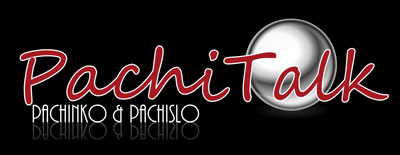I want to duplicate this cell. I have read some threads about scanning at highest resolution (in segments) and using some type of "paint" software to get the colors right. I am afraid that I won't be able to get this off in any usable size pieces. Can a pic be taken at high resolution and touched up the same way. Would it be possible to do this without pulling the nails yet and just edit them out? If unsatisfactory, can always try again after pulling everything off the cell. The badly yellowed clear flakes off, leaving very clean cell and slightly faded colors. would probably work best if all nails and pockets are removed, clear coat peeled off and highest resolution pic taken. Has anyone done it this way before? All tips welcome as I would rather not replace with a different pattern.cell replacement 001.jpgcell replacement 002.jpg




 Reply With Quote
Reply With Quote

 This is such a simple pattern, hopefully it won't cost too much to duplicate. This one I want the same. Rival has an exact copy for my front overflow, and I have another machine or two that any good cell will do.
This is such a simple pattern, hopefully it won't cost too much to duplicate. This one I want the same. Rival has an exact copy for my front overflow, and I have another machine or two that any good cell will do.



 Just above the green checkmark. I also think that the pink plastic pocket on the right that says DELUXE, belongs above the pink plastic part above the center attraction that says KING. The metal pocket at the top is still chrome, and is missing an insert at the bottom...this now makes the ball PASS THRU. All other metal pockets are painted silver, and if you look up at the bottom...the insert that blocks PASS THRU and directs the ball rearward, is quite rusty. I believe 4 of the metal pockets were rusty, and 1 survived. The 1 that wasn't rusty was probably traded places with the plastic Deluxe. Why was the insert removed?
Just above the green checkmark. I also think that the pink plastic pocket on the right that says DELUXE, belongs above the pink plastic part above the center attraction that says KING. The metal pocket at the top is still chrome, and is missing an insert at the bottom...this now makes the ball PASS THRU. All other metal pockets are painted silver, and if you look up at the bottom...the insert that blocks PASS THRU and directs the ball rearward, is quite rusty. I believe 4 of the metal pockets were rusty, and 1 survived. The 1 that wasn't rusty was probably traded places with the plastic Deluxe. Why was the insert removed? But the pink DELUXE sends the ball thru the back, and something is nailed to the back to cover the hole. This one is gonna be a challenge, as I don't know how sound the plywood behind the cell is. I probably don't...but I haven't ruled out the possibility of having to replace the plywood as well.
But the pink DELUXE sends the ball thru the back, and something is nailed to the back to cover the hole. This one is gonna be a challenge, as I don't know how sound the plywood behind the cell is. I probably don't...but I haven't ruled out the possibility of having to replace the plywood as well.
 the
the 
 LLTR
LLTR  so I want to keep it intact.
so I want to keep it intact. I do love off brand single ball machines. I have more pics at "One trip 2 new machines! Too bad the seller on eBay wanted $500 for that really cool one!(not a single ball...but I'll cut it some slack!
I do love off brand single ball machines. I have more pics at "One trip 2 new machines! Too bad the seller on eBay wanted $500 for that really cool one!(not a single ball...but I'll cut it some slack! )
)






